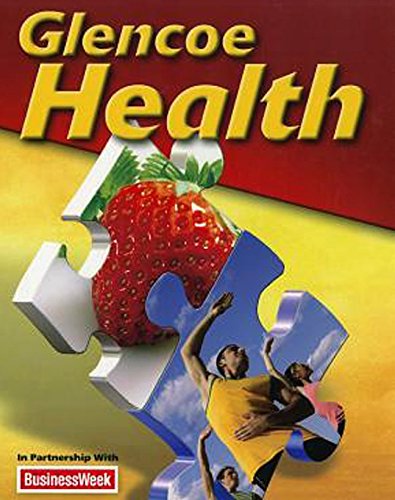
All Solutions
Page 284: Chapter 10 Assessment
Hunger is defined as the natural, physical feeling that drives someone to eat. This feeling is prompted by the body’s need to consume food. The common symptoms of hunger include gurgling or rumbling in stomach, dizziness, headache, irritability, lack of concentration, and feeling of emptiness in stomach.
Carbohydrates are the organic molecules which are broken down by our bodies in order to produce the energy that we need to function.
Cholesterol level in the blood will increase if a person would consume foods that are rich in saturated fats and trans fats.
The term minerals is defined as the substances that are obtained in the food that we eat. They are needed by the body in order to maintain its healthy condition.
The six types of nutrients include carbohydrates, proteins, fats, vitamins, minerals, and water. In this case, fiber is not included.
The carbohydrates that we consume are broken down into glucose, which is a simple sugar. This sugar is the main source of energy for our body’s life functions.
According to the nutrition experts, a teen must consume within 25 to 35 percent of their calories from fats in order to keep their bodies healthy and free from cardiovascular diseases.
The information and recommendations about healthful diet and physical activity for Americans are contained in the Dietary Guidelines for Americans.
The “MyPyramid” is an interactive guide that is based on the Dietary guidelines and helps a person to achieve a healthful and active lifestyle through a good, balanced diet.
Foods that have a higher percentage of nutrients over calories are considered nutrient-dense.
According to the group bands in MyPyramid, the largest one is grains. This means that we need to consume foods that belong in this group more than the others.
According to the MyPyramid guidelines, it is best for teens to go for a 60-minute exercise every day in order to prevent unhealthy weight gain.
Food additives are the substances that are added to the food in order to keep it safe for an extended period of time, to boost its nutrient content, and to improve its taste and texture.
Pasteurization is a process that treats a substance by heating it in order to kill the pathogens or slow down their growth and replication.
Cross-contamination happens when the pathogens are spread or transferred from one substance or food into another.
The Nutrition Facts panel gives us information such as the serving size, servings per container, percentage of calories in each serving, amounts of nutrients, vitamins, minerals, and the percent daily value. It does not include the ingredients found in the food.
If the food contains 25% less calories or fats than the original version, then it can be labeled as a product that has reduced fat/calories.
In keeping the food safe to eat, the basic steps include cleaning, separating, cooking, and chilling the food supply. In this case, chopping is not a way to keep pathogens from contaminating the food.
On the other hand, the term reduced-fat is used to describe a food that contains 25% fewer fat than the original version. In this case, people see this as a healthier option than the original one.
1. prolonged vomiting
2. diarrhea
3. blood in the stool
4. high fever (more than 101.5 degrees Fahrenheit)
5. signs of dehydration such as dizziness when standing and dry mouth and throat

